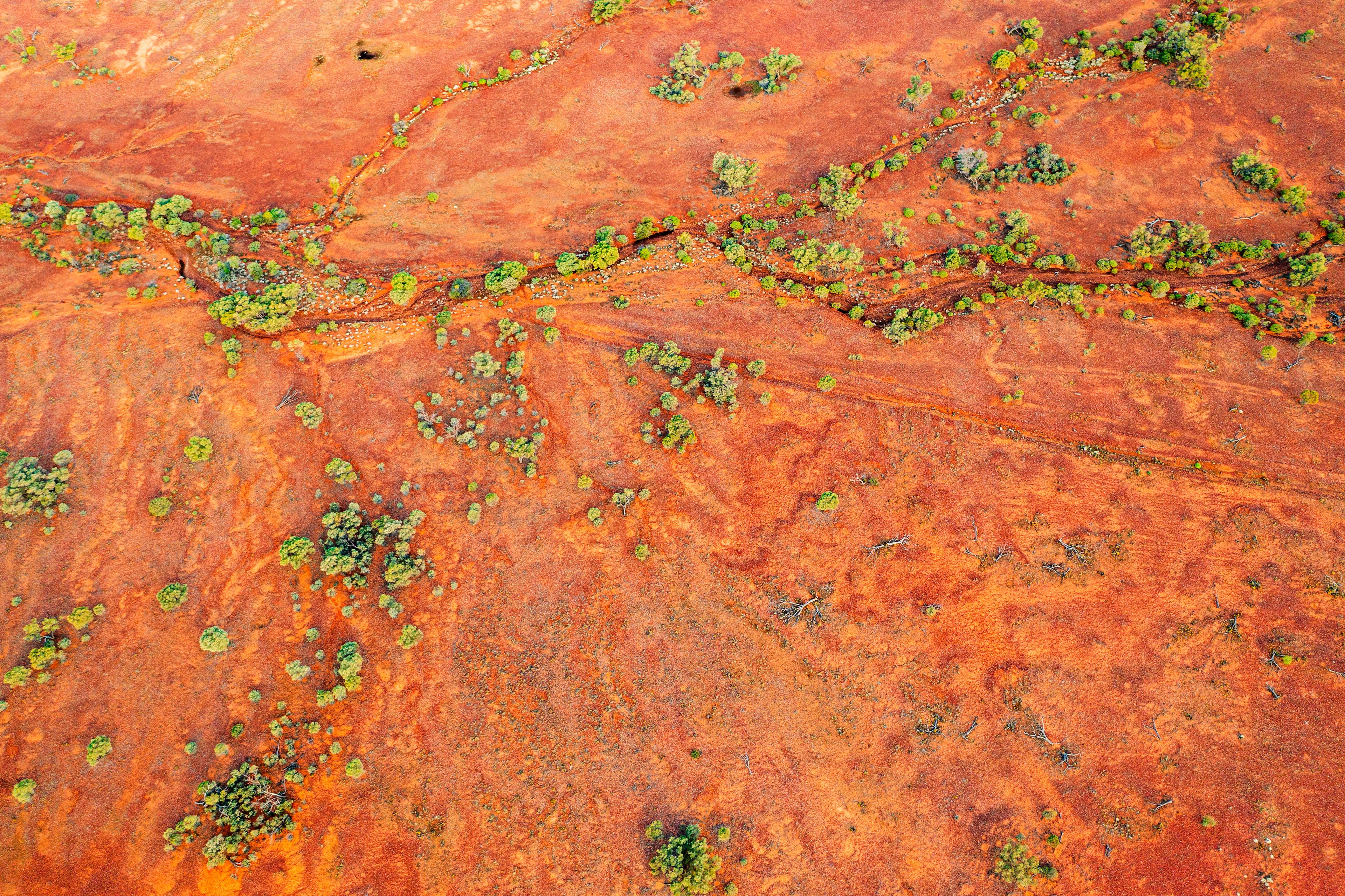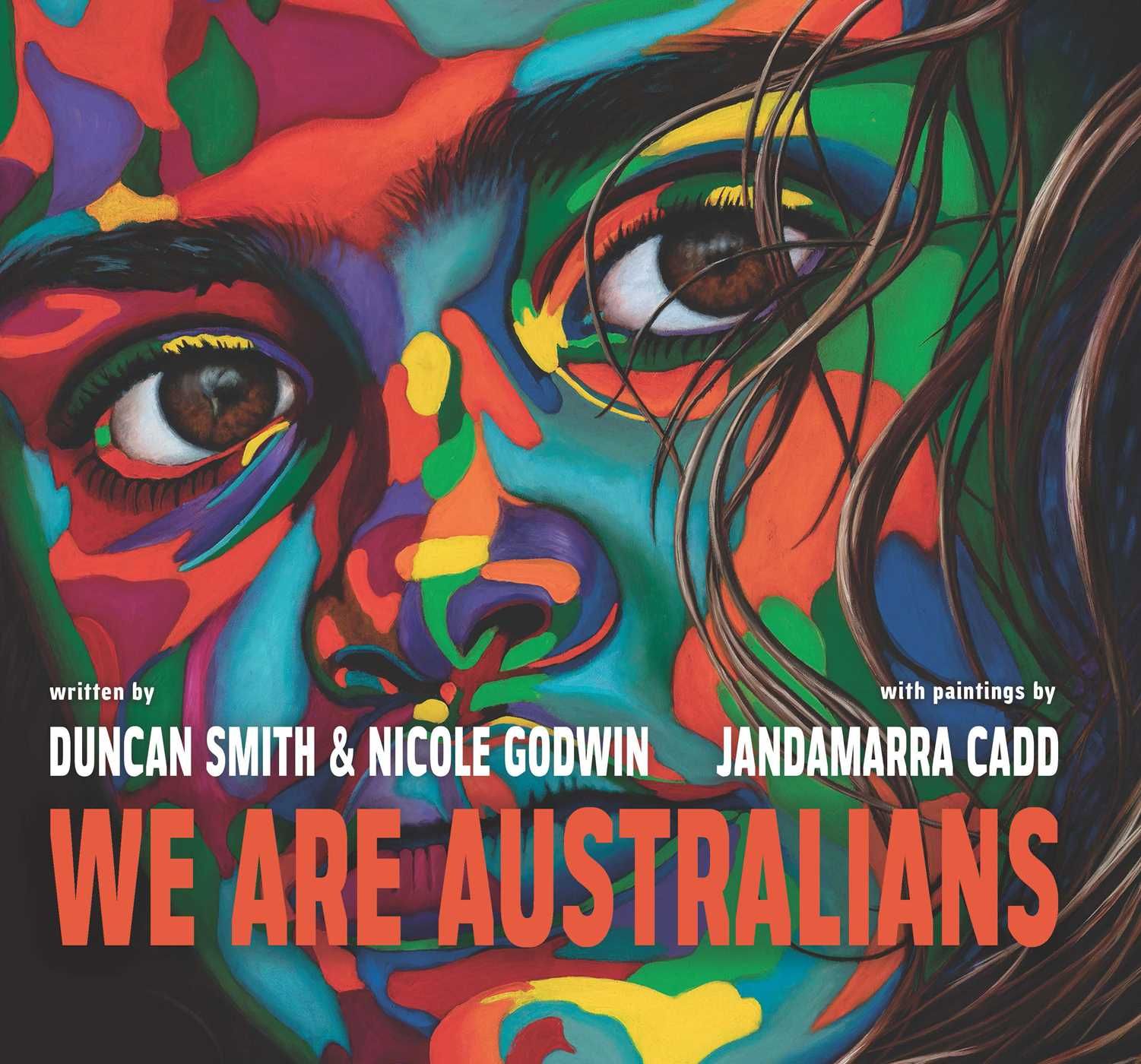Home/Curriculum resources/Learning about Country/Place/Activity 3: Discovering Aboriginal and Torres Strait Islander nations & languages
Learning Areas:
English, Humanities and Social Sciences, The Arts
Year levels:
Level 3, Level 4

Activity 3: Discovering Aboriginal and Torres Strait Islander nations & languages
This activity is a part of the Learning about Country/Place resource.
Red outback landscape desert green trees. Location: Tibooburra, New South Wales. Photographer: Andrew Merry. Getty Images. Used under licence.

Activity 3: Discovering Aboriginal and Torres Strait Islander nations & languages
Note: This activity includes multiple aspects to thoroughly explore the topic. To ensure students have adequate time to engage with and understand the material, it may be best to break this activity into 2 to 3 lessons. This approach will allow for more meaningful discussions, reflections, and deeper learning experiences.
Focus: Investigate the diversity of Aboriginal and Torres Strait Islander nations and languages.
Possible overarching question: How does the diversity of Aboriginal and Torres Strait Islander nations illustrate cultural richness and broaden our perspectives on diversity?
Step by step guide
Step 1: Connecting to students' prior learning
Step 2: Shared text and discussion
Step 3: Exploring the map of Indigenous Australia
Step 4: Learning more about the Indigenous nation of students’ special place
Step 5: Reflection and sharing
Required Resources:
Teacher Support Material
Map of Australia
See, Think, Wonder template
Picture Story Book “We are Australians” written by Duncan Smith (Wiradjuri) and Nicole Godwin; Illustrated by Jandamarra Cadd (Yorta Yorta).
Connection to place template

Step 1: Connecting to students' prior learning
Facilitate a discussion about how the individual quotes from the previous activity represent the perspectives, connections and stories of the people’s relationship with Country/Place. Highlight how each quote offers a unique view, illustrating the diversity within Aboriginal and Torres Strait Islander cultures. Ask students the key insights gained from the quotes and their own interpretations. You may use the anchor chart/wall display to support this discussion.
Step 2: Shared text and discussion
Let students know that you are going to read the story “We are Australians” written by Duncan Smith (Wiradjuri) and Nicole Godwin; illustrated by Jandamarra Cadd (Yorta Yorta).
Explain that the story offers insights into the lives and cultures of Aboriginal and Torres Strait Islander People, inviting students to consider the uniqueness of the different examples they will encounter.

We are Australians. Written by Duncan Smith and Nicole Godwin; Illustrated by Jandamarra Cadd. Wild Dog Books. © Nicole Godwin, Duncan Smith and Jandamarra Cadd. Used with permission
After reading the text, engage the students in a reflective discussion where they can share their initial observations and questions. Instead of introducing the concept of diversity directly, guide the conversation by asking students to identify and describe the themes they noticed in the book, focusing on the examples, illustrations, and words used. Encourage them to explore the themes through their own insights, leading them to naturally discover the theme of diversity. Use this opportunity to bridge the connection between the different perspectives in the book and the broader concept of diversity.
Let students know that you are focusing today on the concept of diversity. If this concept is unknown to your students explore this further with them.
Undertake a second reading of the book, this time pausing at key moments to allow deeper exploration based on the students' initial reflections of diversity. Encourage them to think critically about why these differences might exist and what they could signify, fostering a natural discovery and understanding of diversity. The Teacher Support Material provides some options for possible moments to pause and explore.
Discuss how student observations during the readings illustrate the concept of diversity and why it is significant in understanding the diversity of Aboriginal and Torres Strait Islander people.
If you are breaking this activity into more than one lesson you may pause here.
Step 3: Exploring the map of Indigenous Australia
Display the AIATSIS map of Indigenous Australia alongside the map of Australia showing the different states/territories.
Facilitate a guided See, Think, Wonder. Intentionally start with focusing only on what students see, then move into what it makes them think and finally the wonderings they have. Possible statements to guide student thinking on key aspects are provided in the Teacher Support Material.
Step 4: Learning more about the Indigenous nation of students’ special place
Have students spend time revisiting their visual representation of their special places from Activity 1. Students may like to do a quick partner walk and talk about their visual as they have been sitting for some time.
Let students know they are going to select one of the places in their visual to further explore. It is best that this place is an outdoor environment. If students did not include an outdoor environment, give them time to think of a special place or provide suggestions. An example of a special place has been provided. You may spend time unpacking this example with your students or you can model creating one. It is recommend to spend time navigating the 50 Words Project website so students are familiar with this. Further advice is provided in the Teacher Support Material.
Students will find out about the following aspects of their place:
Traditional owner(s)
Language group(s)
Local Indigenous terms using the 50 words project related to land features
Features of the land including flora and fauna
Why this place is special to them
Other information
If you are breaking this activity into more than one lesson you may pause here.
Step 5: Reflection and sharing
In small groups students can share the information about their special place looking for similarities and differences, languages, features of the land, living things. If from the same location what is similar and what is different between their learning.
Collaboratively update the anchor chart/wall display, integrating new insights and making connections between the initial concepts and the enriched understanding gained from this engagement.
Step 6: Further learning opportunities
There are further learning opportunities from this activity. The Teacher Support Material outlines some possibilities.

Related activities within this resources:

Activity 1: Exploring what is Country/Place
This activity aims to support students in developing a deeper understanding of Aboriginal and Torres Strait Islander perspectives of Country and Place. It encourages them to consider the many elements of Country and explore their personal connections to place, reflecting on how this shapes their understanding and respect for the significance of Country and Place to Aboriginal and Torres Strait Islander Peoples.

Activity 2: Understanding perspectives of Country/Place
Building on Activity 1, where students explored personal connections to place, this activity deepens their understanding of Aboriginal and Torres Strait Islander perspectives of Country/Place. Students will engage with a video clip, analyse quotes, and participate in guided discussions to explore the multifaceted relationship Aboriginal and Torres Strait Islander Peoples have with the land.

Activity 4 (Part one of two): Researching an Indigenous nation
Building on Activities 1 through 3, where students explored personal connections to place, Aboriginal and Torres Strait Islander perspectives of Country/Place, and the diversity of Aboriginal and Torres Strait Islander nations and languages, this activity focuses on in-depth research of an Indigenous nation. Students will engage with a shared text, explore the AIATSIS map of Indigenous Australia, and conduct research on an Indigenous nation related to the case studies in part two of this activity.

Activity 4 (Part two of two): Exploring natural features in defining Country/Place through case studies
Building on Activities 1 through 4, students have explored personal connections to place, Aboriginal and Torres Strait Islander perspectives of Country/Place, the diversity of Aboriginal and Torres Strait Islander nations and conducted in-depth research on a specific Indigenous nation. This activity now focuses on the significance of natural features in defining Indigenous nations. Through case studies, students will investigate how natural features contribute to the cultural importance of these areas. This activity will deepen students' understanding of the integral role that natural landscapes play in the identity and practices of Aboriginal and Torres Strait Islander people.